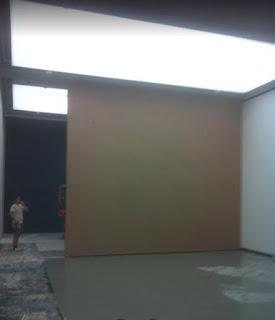Types of plaster that you can apply on your wall
Cement plaster:
Concrete plaster is a combination
of sand, portland concrete, and water applied to brick work insides and
outsides to get a smooth surface.
Inside surfaces are sporadically
given a last layer of gypsum. Dividers developed with blocks are normally
plastered, while block facades are not experienced.
Clay plaster:
The surface should be ready in a
similar way concerning lime plaster or concrete plaster.
Normally, clay plasters are applied
in two covers, the essential coat is 18 mm thick while the thickness of the
subsequent coat is 6 mm. You can easily get the best internal/external rendering eastbourne.
Gypsum plaster:
Gypsum plaster is broadly utilized
plasters material that can be mined normally or delivered as a side-effect. It
is utilized as an undercoat, finish coat lime and concrete have been generally
supplanted. Alum and cleaning cleanser respond synthetically and seal the
openings inside the plasters.
Lime plaster:
Lime plaster is ready by blending
equivalent amounts of lime and sand. The bubbled arrangement of plant organic
product (in 3 liters of 100 liters of water and a proportion of 1.5 kg plant
natural product), once in a while with a container and roped hemp at the pace
of 1 to 2 kg for each cubic meter mortar is added. The Plastering roselands will provide best service.
Pop plaster:
Plaster of paris is gotten from
gypsum, a normally happening material. Whenever the gypsum is warmed to a
specific temperature, the crystallization water supplants an exceptionally fine
powder of the pop.
Whenever water is added to this powder it sets right away, the setting time being reached out by adding a few salts, a few consumed debris and fine sand. A dry combination of pop and sand is ready on a stage, this blend is taken in a modest quantity in a lee dish and fitting measure of water is added.




Comments
Post a Comment